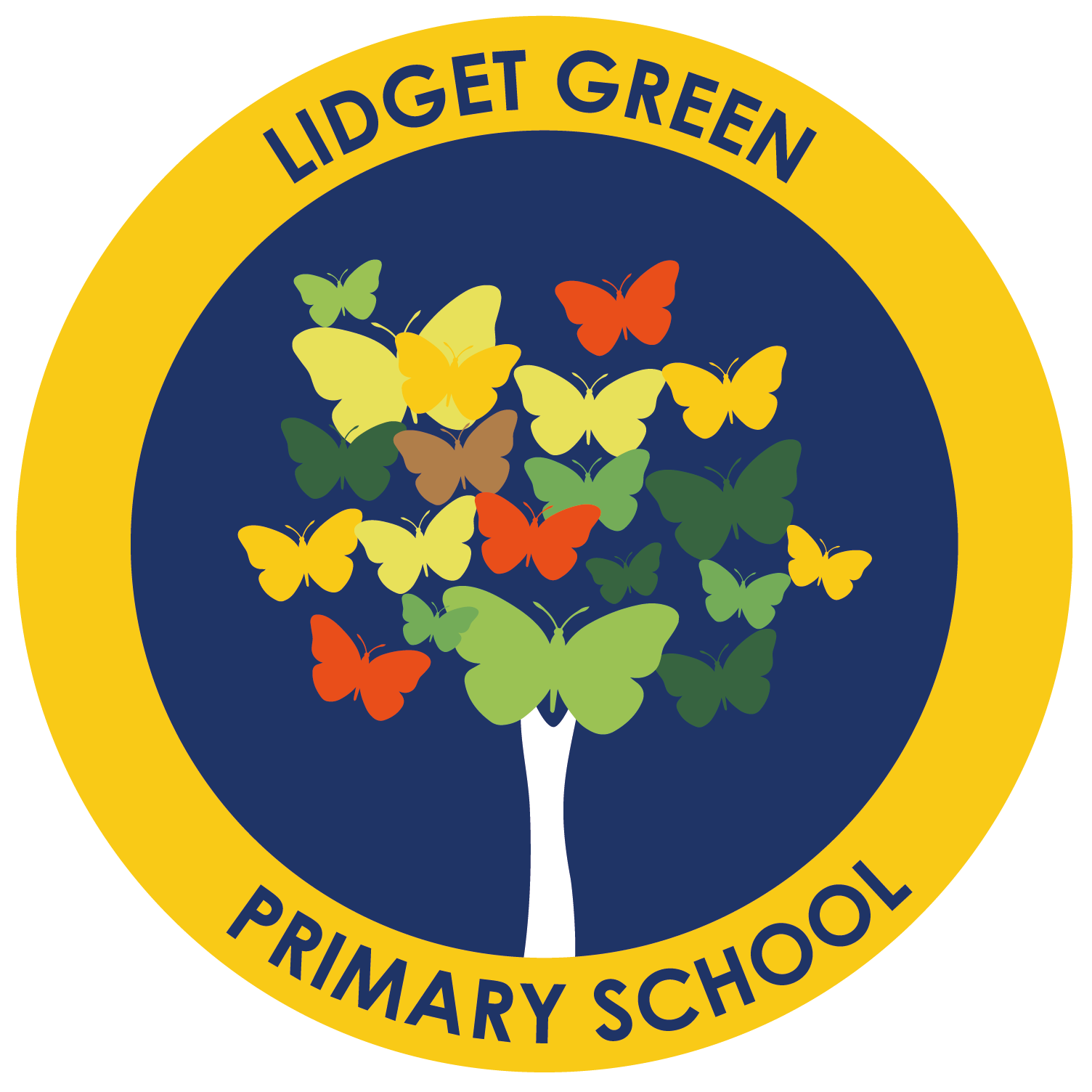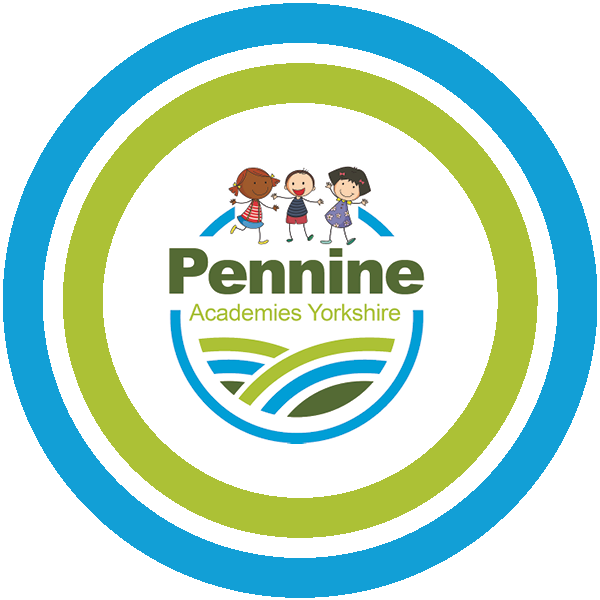Art & Design
Intent
Our Art and Design planning is structured - through long- and medium-term planning - so that it teaches the children progressive skills, which are built upon each year. Through this we provide the children with a broad and varied experience of art through the different mediums. This is checked and monitored by the Art and Design Leader to ensure that these skills are being taught within an exciting and fulfilling way.
We use the National Curriculum as the foundation of children's learning. This is personalised in a way in which is relevant to the children, such as through our ‘Born In Bradford’ project, where we celebrate the diverse work of the arts within our local community. We also engage in local arts projects wherein we can celebrate the children’s achievements in local galleries.
The aims of Art and Design are for our children to:
-
Have access to a varied range of high-quality art experiences.
-
Experiment with a range of media, exploring with materials and techniques competently.
-
Express ideas and feelings through creative work, in both two and three dimensions.
-
Value, evaluate and respect their own work and the work of others.
-
Discuss art and design using appropriate vocabulary.
-
Develop children’s observational skills, and drawing techniques.
We want all our children to experience a fun, progressive, enriching and inclusive Art and Design curriculum, regardless of ability. We aim to provide learning opportunities that are tailored to match all children’s needs and requirements regardless of their ability.
We intend to do this by:
-
Teaching regular Art lessons, which offer a fun, exciting and engaging process, allowing the children to express themselves in different ways.
-
Providing learning opportunities that are tailored to match all our children’s needs.
-
Completing one Art project each term, with children having other opportunities to explore Art & Design throughout the year, including a whole-school Arts Week.
-
Children creating their own artwork, or recreating that of other artists, in both 2D and 3D forms.
-
Developing a range of skills and techniques through painting, drawing, printing, collage, sculpting and textiles, whilst using a variety of different media.
-
Giving children opportunities to revisit the skills they have previously acquired, each time with greater depth and challenge, allowing these skills to be built upon.
-
Having the opportunity to evaluate their own art work, their peers’ artwork and that of other famous artists.
-
Using appropriate vocabulary when discussing or describing art, artists, architecture and design.
-
Igniting a passion for Art which allows children to become curious explorers of art and design in the world around them.
-
Developing observation skills which allow children to build an appreciation for and understanding of the art, architecture and design in the world around them.
-
Linking at art as closely as possible to the topic for the term, to ensure relevance and context, also introducing any great artists or art movements from that period of time or part of the world.
-
Celebrating effort, progress and achievement in art through display, exhibitions and enrichment activities such as visits out and competitions.
Implementation
Impact
We will measure the impact of our art curriculum using various formative and summative methods of assessment, including teacher observations, self and peer assessment.
We will develop the children’s analytical skills by encouraging them to evaluate one another's work, offering constructive advice and points of development. Children’s work will also be evidenced using floor books, on-going sketch books and classroom/corridor displays.
The intended impact of the Art Curriculum is that the children are able to apply the skills they have developed as evidenced by:
-
Our children's application of Art skills in other areas of the curriculum should show that the knowledge and understanding of these are embedded.
-
Our children can demonstrate their skills when given freedom and can showcase their talent.
-
Our children's ability to provide feedback through peer assessment.
-
Our children can self-reflect and assess their own work.
-
The progression of skills with the children's sketchbooks.
-
Our children are inspired by the Art Curriculum and want to learn more.
-
Our children show clear progression in their skills, knowledge and understanding.
-
Our children can discuss the learning and remember what they have learnt.
-
Our children can use technical vocabulary with accuracy.
-
Our children can identify some key artists and talk about their work.

